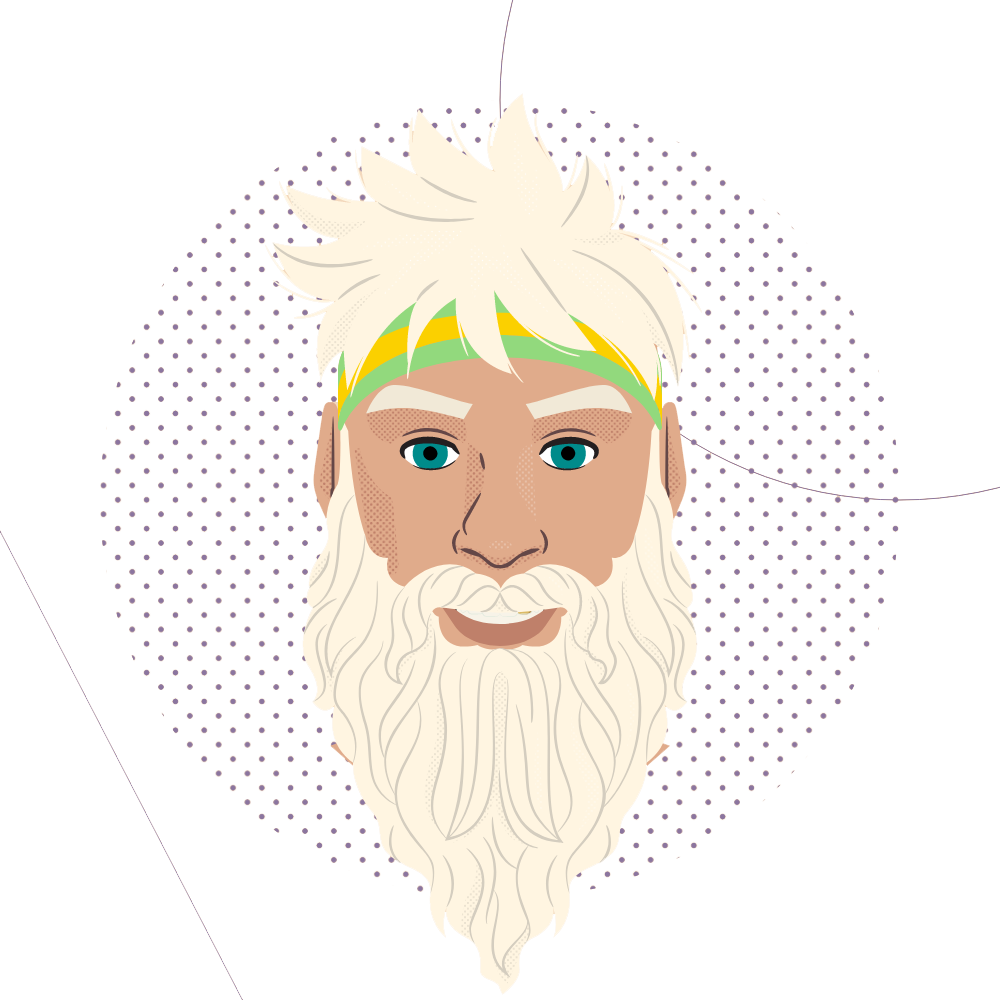@karenmcgrane – president of the WYSIWYG haters club
Print is amazing, you put the words on the paper and there it stays. No updates. We’re fine.
100 of years of printing press history, thousand of years of experience in written material.
The web was created to allow anyone to update a URL from anywhere and to be accessible to anyone anywhere.
The arrival of the mobile has finally faced us with the fact that the web is different. It’s not a like a printed page on a fixed canvas. We have no control over the device it will be consumed upon.
A new platform will arrive soon, we’re not sure what it will be yet, but we’re going to have to work out a way to publish to it.
Televisions, cars… they’re all getting screens. Forget the screen in the car though, there will be a combined interface with input devices (voice).
Voice might not be working now (audio interfaces), but touch faced the same problem and when it was solved it revolutionised the way we live our lives.
When you look at a new interface with audio, things like emphasis vs italics becomes important, because the emphasis will have a different tone of voice.
Google Glass – the SEGWAY for mobile.
Watches might be the next thing. Too small, but in combination with a headset and headphones.
Digital Signs: want one single place to manage the content and push out to mobile, digital signs, website.
The internet fridge is not the future, but it is a sign of things to come. The cook top might be a screen that will be able to be used.
So how do we really approach true separation from content and form.
In the past we never consiered separating the theme of what you want to covey in a message from a physical content itself (i.e. writing), now we’re trying to do this with the web.
The problem with WYSIWYG is that we’re giving content authors an antiquated approach to creating content that was originally created for the printer.
XEROX built a GUI and wysiwyg just to sell printers. THE WEB IS NOT A LASER PRINTER.
We are fighting a war between blobs and chunks. Blobs are old wysiwyg styled content. Chunks are metadata, content elements that can be reused.
Cards are the future of the web (they’re not). Cards are like pages but they’re tiny.
Content Modeling
Find out what all the little bits and pieces you are using. It allows the NPR create once and publish everywhere model.
- What type of content do you have?
article, product, events, profiles, etc. - Attributes
“fields” or “content objects” (content objects might have markup that separates content instead of individual fields).
Recipes: ingredients, steps, category, chef, cuisine, diet, equipment, holiday, occasion, method, season, servings, awards, theme. Check @eaton (jeff eaton) for case study.
The leaked New York Times innovation report is one of the key documents of this media age
Nobody reads your PDF. Ever. 33% never downloaded. 40% downloaded fewer than 100 times. This is for The World Bank between 2008-2012.
We are using PDF’s as a bandaid for people being able to create content on the web. This is literally like printing a page. Literally. This is not the way to proceed in the future. Sure, it might be easier for many people to create PDF’s, but it creates a wider content problem of an unstructured set of content that can not be reused by anyone.
www.bondartscience.com
